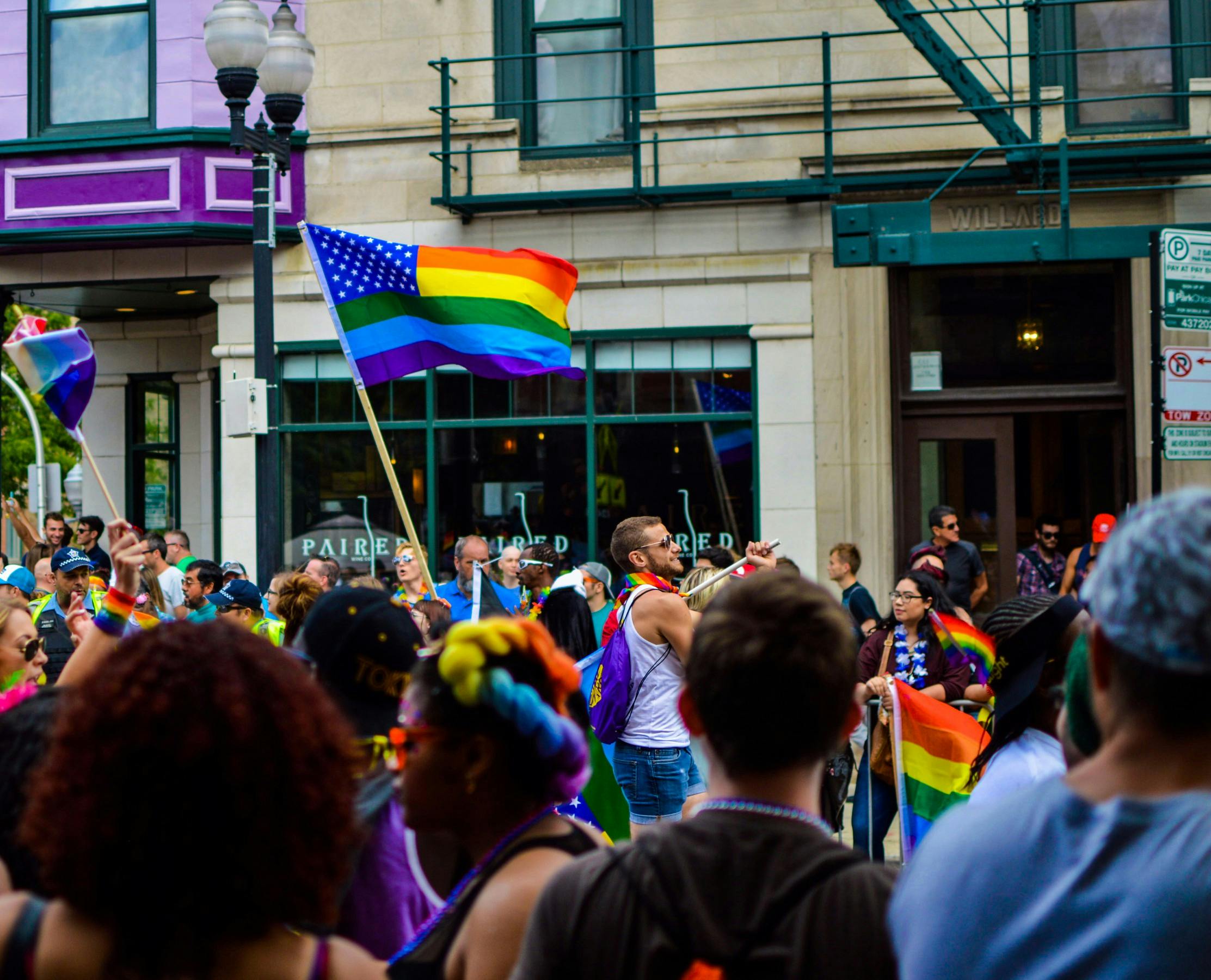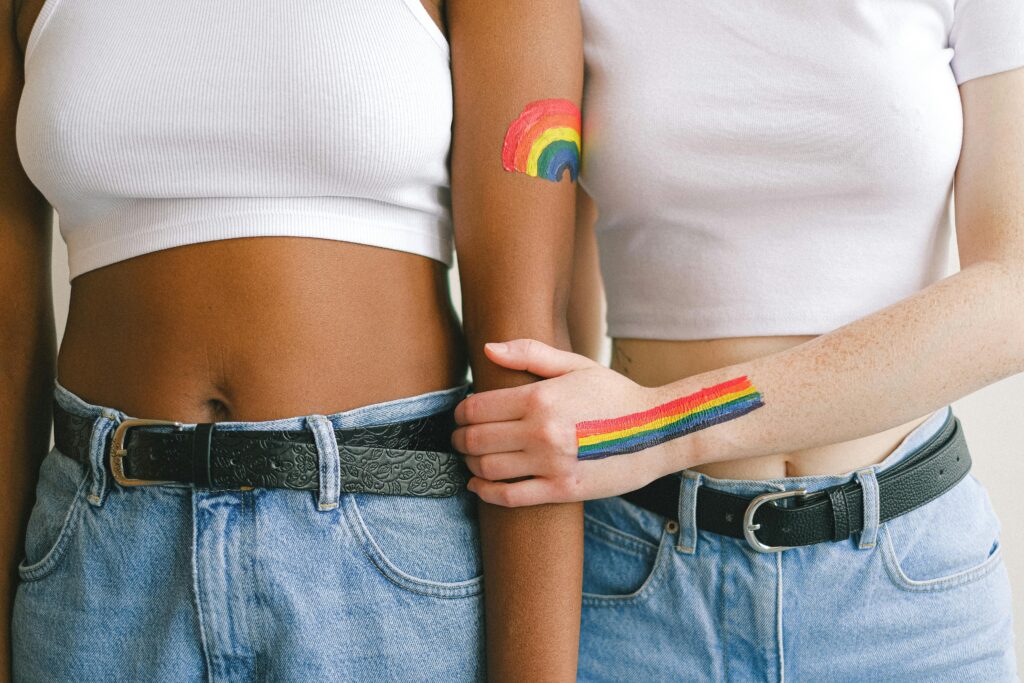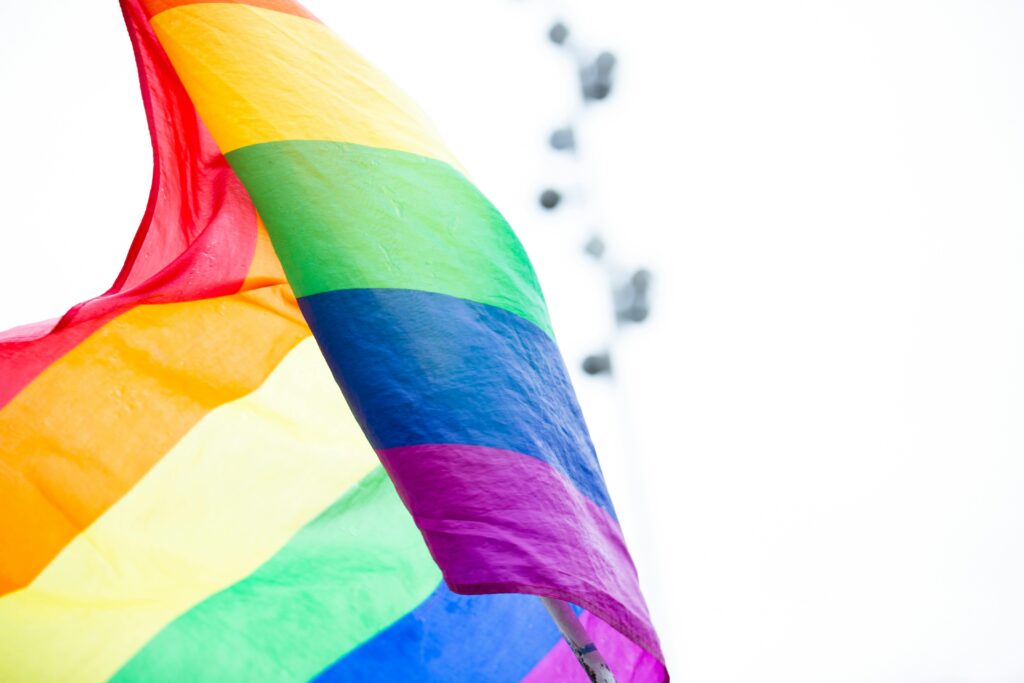- LIFE
100 Cool and Unique Husky Names


Pride Month is celebrated every June, honoring the LGBTQ+ community’s history, visibility, and ongoing fight for equality. While rainbow flags pop up year-round, June holds special meaning: it marks the anniversary of the Stonewall Uprising of June 1969—a pivotal moment in the modern LGBTQ+ rights movement.
June became Pride Month because of events ignited at New York City’s Stonewall Inn on June 28, 1969, when a police raid met unexpected resistance from patrons and neighbors who fought back for several nights, sparking a worldwide LGBTQ+ liberation movement. Exactly one year later, thousands marched from Greenwich Village to Central Park in the first official Pride—then called the Christopher Street Liberation Day—affirming June as the month for visibility, protest, and celebration. That spirit carried forward as activists organized annual “Gay Liberation” or “Christopher Street” marches each June, a tradition that soon spread from U.S. cities to a global calendar of Pride parades.

Parades, festivals, and drag shows highlight queer joy, creativity, and resilience—turning streets into safe spaces where self-expression reigns.
June events honor trailblazers lost to hate crimes, HIV/AIDS, or discrimination while spotlighting current issues such as trans rights, global criminalization, and health-care access.
Fundraisers, workshops, and volunteer drives connect allies with LGBTQ+ nonprofits, amplifying voices that still struggle for basic protections.
Pride Month bursts into life through a kaleidoscope of celebrations: dazzling parades and marches—from New York’s Fifth Avenue to São Paulo’s Avenida Paulista—pack the streets with rainbow flags and thunderous cheers; cultural festivals fill cinemas, galleries, and poetry stages with queer brilliance; corporations and campuses roll out inclusion campaigns, awareness days, and history panels to foster allyship; and Digital Pride keeps the party global with livestream concerts, virtual drag brunches, and social-media challenges that connect supporters who can’t be there in person.

June may last only thirty days, but its spirit endures all year. Whether you march in glitter or learn quietly from home, each act of visibility and compassion moves the world closer to genuine equality. So pin on a rainbow, listen to queer stories, and celebrate Pride Month—because when everyone is free to live authentically, entire communities shine brighter.